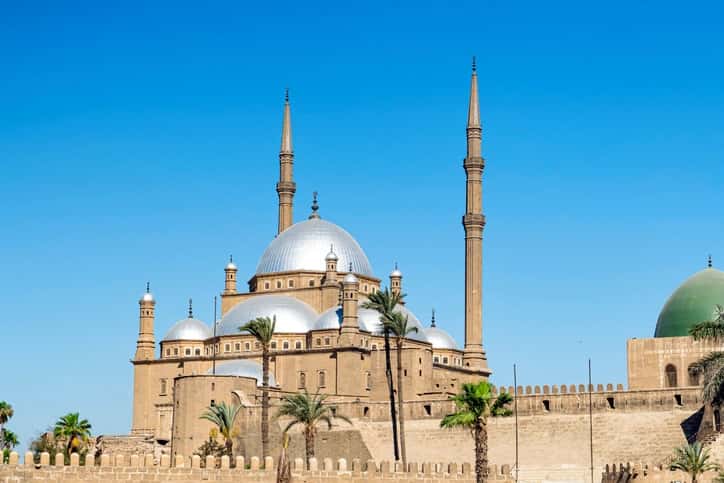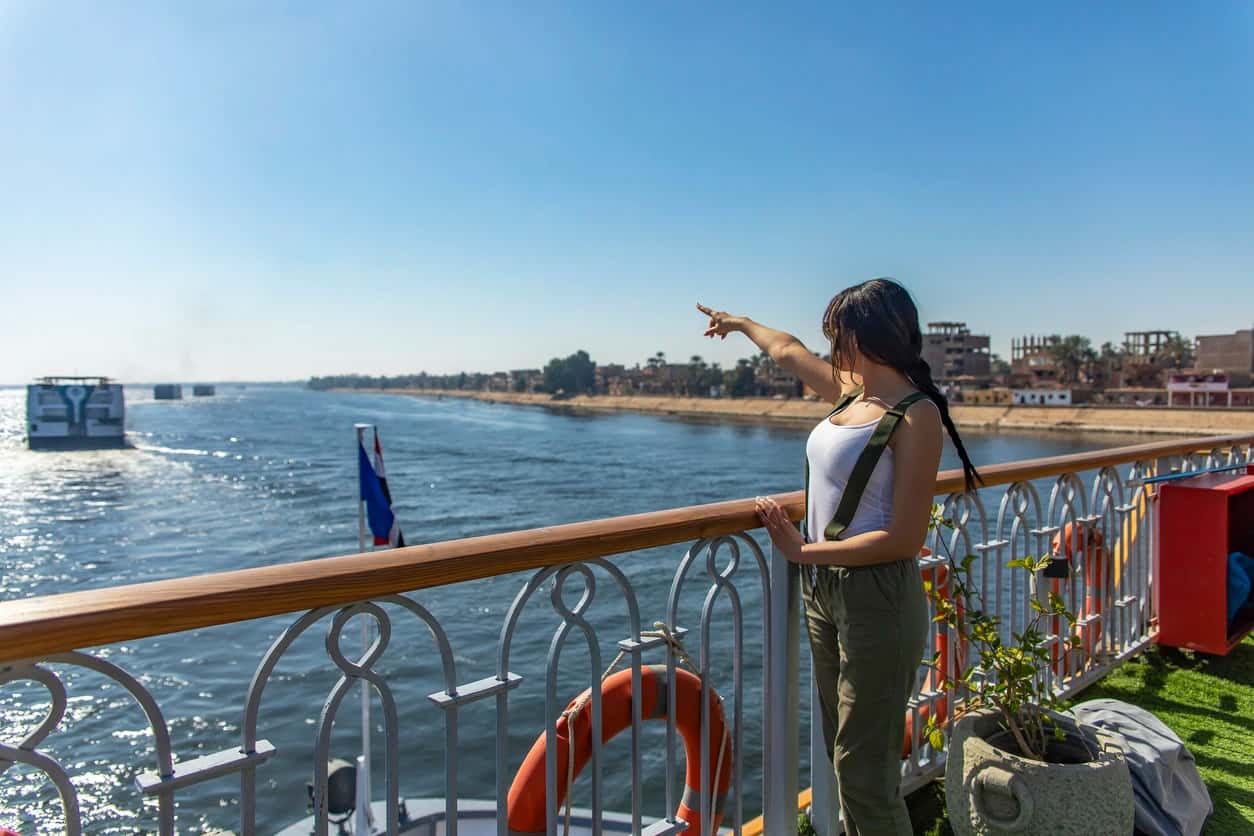

Cairo Citadel’s mosques and towers tell stories of power, faith, and valor spanning centuries. Visit it and deep dive into Egypt’s Islamic past
1- Historical Background
2- Mamluk and Ottoman Enhancements
3- Muhammad Ali and 19th-Century Transformation
4- Key Features and Attractions
5- Preservation and Restoration
6- Cultural and Symbolic Significance
7- Conclusion: A Living Monument to Egypt's Islamic Heritage
8- FAQs
The Cairo Citadel, also known as the Citadel of Saladin or Salāḥ al-Dīn, is a historic Islamic fortification located on the Mokattam Hills in Cairo, Egypt. Overlooking the city from a commanding height, the citadel has served as a strategic military stronghold and seat of Egyptian rulers for nearly 700 years. Commissioned by Sultan Saladin in 1176 CE, its primary purpose was to defend against Crusader invasions and to centralize the governance of Cairo and its surroundings.
Today, the Citadel is a major cultural and tourist attraction, recognized as part of Historic Cairo, a UNESCO World Heritage Site since 1979. It houses several mosques, palaces, and museums that illustrate Egypt’s Islamic architectural evolution from the Ayyubid to the Ottoman periods.
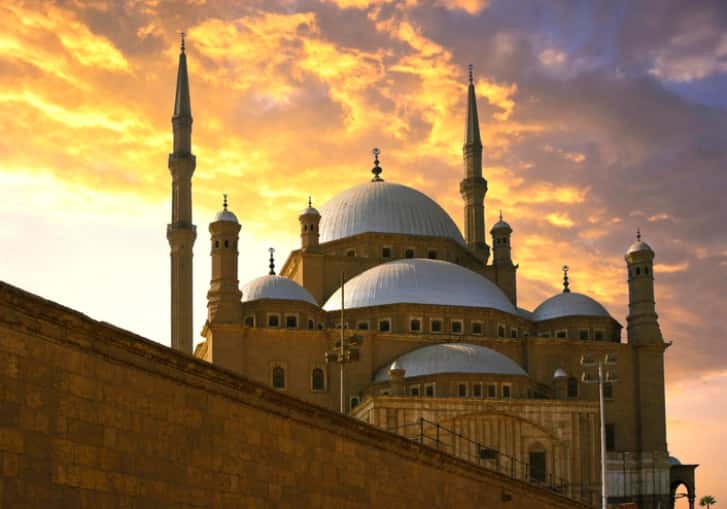
The construction of the Cairo Citadel was initiated by Saladin (Salah al-Din al-Ayyubi), a Kurdish general and founder of the Ayyubid dynasty. At the time, Cairo lacked the fortified infrastructure found in regional cities such as Damascus and Aleppo. Between 1176 and 1183 CE, Saladin began building the Citadel to protect against Crusader threats and to consolidate his control over Egypt.
His broader vision extended beyond military defense. Saladin planned to enclose Cairo and the neighboring city of Fustat within a single defensive wall spanning approximately 20 kilometers. The Citadel was to be its central fortification. Though Saladin did not live to see the project completed, his nephew, Sultan al-Kamil, finished its construction in 1207 and became the first ruler to reside within its walls.
The Citadel was strategically placed on the Mokattam Hills, offering panoramic views of Cairo and the surrounding areas. This elevated terrain provided natural defense advantages, making it difficult for enemies to approach undetected. An artificial trench was carved into the rock to further enhance the fortress's defensibility, physically separating it from the surrounding plateau.
The location proved effective, as the Citadel remained Egypt’s administrative and military center until the late 19th century, when Khedive Ismail relocated the government seat to Abdin Palace in downtown Cairo in 1874.
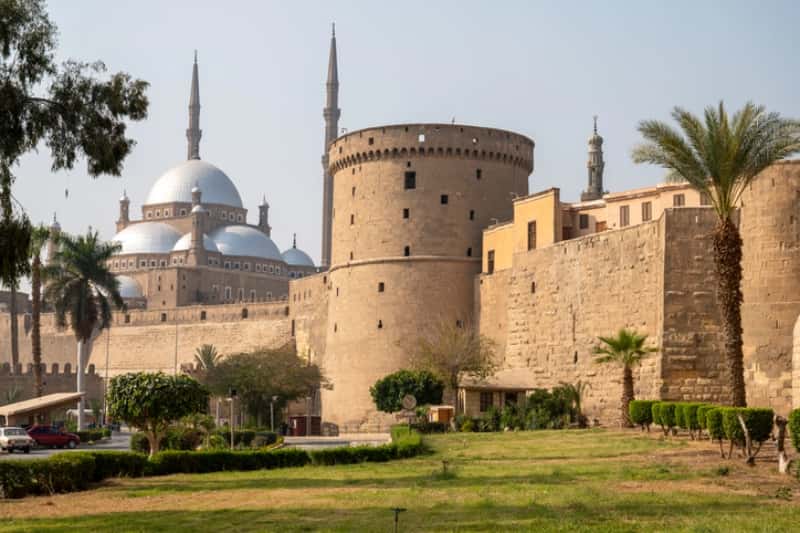
The Citadel underwent significant expansions during the Mamluk era. One of the most notable patrons was Sultan al-Nasir Muhammad (r. 1293–1341), who commissioned the construction of palaces and ceremonial halls in the Southern Enclosure. His reign marked the Citadel's transformation into a royal residence and political center.
1- Bab al-Qulla, a gate dividing the northern and southern sectors
2- Qa‘a al-Baysariyya, a large hall built by Sultan Hasan
3- Al-Duhaysha, an ornamental pavilion constructed in 1344
The Citadel’s towers also housed elite military units, such as the Burji Mamluks, who played a significant role in Egypt’s governance during the 14th and 15th centuries.
After the Ottoman conquest of Egypt in 1517, the Citadel's layout was restructured to reflect the new administrative order. The complex was divided into three main areas:
1- Northern Enclosure for the Janissaries
2- Southern Enclosure for the Ottoman governor (pasha)
3- Western section for the Azaban corps
One of the first major Ottoman architectural additions was the Mosque of Sulayman Pasha, built in 1528. This mosque reflected classic Ottoman design, including a central dome, pencil-shaped minarets, and arcaded courtyards. Several Mamluk structures were dismantled during this period, with their materials—especially marble—sent to Istanbul.
The grand Bab al-Azab gate was rebuilt in 1754 by Radwan Katkhuda Al-Galfi as the main entrance to the Citadel’s southern section. Not only is it an architectural gem with its twin rectangular towers, but it also played a notorious role in Egypt’s history. In 1811, Muhammad Ali Pasha orchestrated the massacre of hundreds of Mamluk leaders at this very gate to eliminate rivals and consolidate his power.
The gate's name derives from the Ottoman soldiers stationed there—men who were traditionally barred from marrying until retirement. Later, Khedive Abbas Helmi I restored the gate in the 19th century, adding Gothic flourishes while retaining its fortified character.
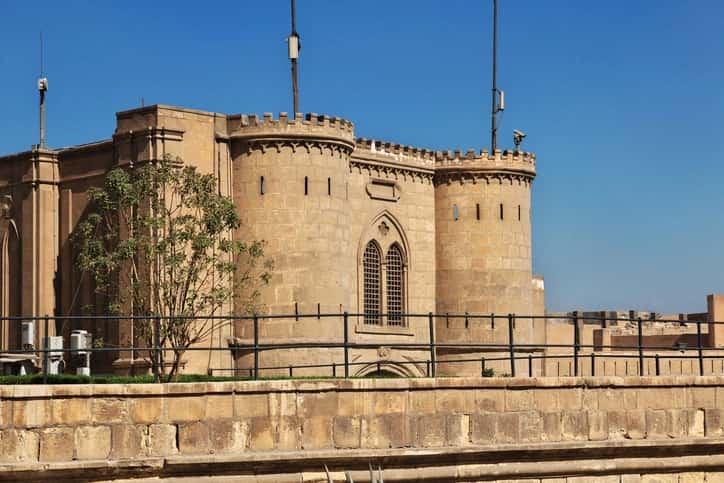
The Citadel's most significant transformation occurred during the rule of Muhammad Ali Pasha, who rose to power in 1805 and is widely regarded as the founder of modern Egypt. To symbolize Egypt’s new era, he commissioned the construction of the Alabaster Mosque (Mosque of Muhammad Ali) between 1830 and 1848.
Inspired by Istanbul’s Blue Mosque, this mosque became a prominent feature of Cairo’s skyline. Key features include:
1- A 52-meter-high central dome
2- Two slender minarets reaching 82 meters
3- Walls clad in alabaster from local quarries
The mosque was both a religious and political statement, symbolizing Muhammad Ali’s authority and his semi-independent rule from the Ottoman Empire.
Built in 1814, Al-Gawhara Palace was Muhammad Ali’s first major architectural project and was designed as a residence for his wife. It merged Ottoman and European influences, incorporating design elements by French architect Pascal Coste. Despite suffering severe damage from fires and explosions, the palace was rebuilt using imported materials, including Italian marble.
Following Muhammad Ali’s modernization, the Citadel transitioned away from being the royal seat of power. In 1874, Khedive Ismail moved the court to Abdin Palace, marking the end of the Citadel’s 700-year tenure as the political heart of Egypt.
It was subsequently used as a military base by the British Army and, after 1946, by the Egyptian military. In 1983, the government opened much of the Citadel to the public, transforming its historic buildings into museums while preserving its military essence.

Muhammad Ali Mosque (Alabaster Mosque) – The Citadel's centerpiece and an iconic Cairo structure.
Al-Gawhara Palace – A historical residence showcasing European-Ottoman architecture.
Mosque of Sulayman Pasha – The first Ottoman-style mosque built in Egypt.
Bab al-Azab Gate – Known for its military significance and site of the infamous 1811 Mamluk massacre.
Visitors to the Citadel can also enjoy panoramic views of Cairo and, on clear days, see the Pyramids of Giza in the distance.
Efforts to restore and preserve the Citadel have intensified in recent years, overseen by Egypt’s Ministry of Tourism and Antiquities. Key restoration projects include:
1- External maintenance and cleaning of the Muhammad Ali Mosque
2- Restoration of the clock tower, a gift from France in 1846
3- Reopening of the Ramla and Haddad Towers, dating back to the 12th century
These initiatives aim to protect the site’s architectural legacy while enhancing its appeal to both domestic and international visitors.
Today, the Cairo Citadel stands as a testament to Egypt’s enduring Islamic heritage and attracts visitors from around the world. Its inclusion in the UNESCO World Heritage list underscores its cultural and architectural importance.
The Citadel is more than a historical site; it reflects centuries of Egyptian governance, military strategy, and religious devotion. Its silhouette, dominated by the minarets of the Muhammad Ali Mosque, is one of the most recognizable images in the city, earning Cairo the nickname "the City of a Thousand Minarets."
In 1979, the Cairo Citadel was inscribed as part of the Historic Cairo World Heritage Site by UNESCO. This designation acknowledges the city’s outstanding architectural and cultural history, encompassing over 600 registered monuments from the 7th to the 20th century.
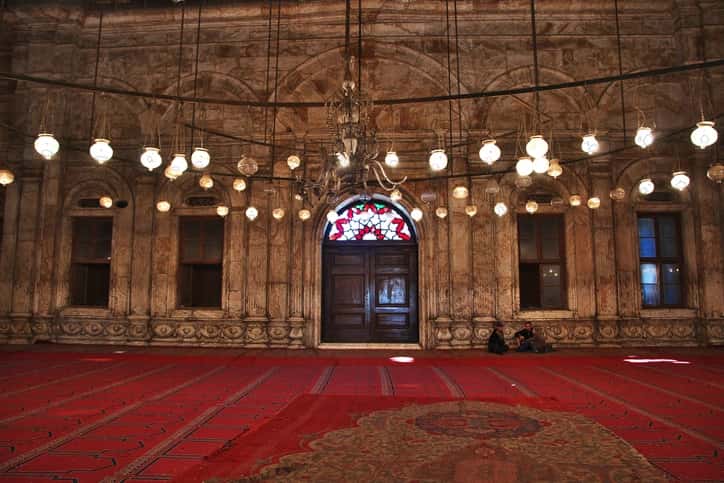
The Cairo Citadel stands as evidence of Egypt's enduring architectural and cultural legacy. This magnificent fortress has transformed from Saladin's defensive stronghold into a symbol of national pride and artistic achievement through its 700-year reign as the seat of power.
Visitors can see how each ruling dynasty left its mark on the citadel
The citadel provides a unique experience with its sweeping views of Cairo's skyline. Clear days might reveal the Pyramids of Giza from this elevated position. These spectacular views alone make the trip to Mokattam Hills worthwhile.
Your Egyptian experience should include enough time to explore the Cairo Citadel. This living monument tells Cairo's story and shapes the identity of this magnificent city, known as "the city of a thousand minarets."
The Cairo Citadel, built in 1176 AD by Saladin, served as the seat of Egypt's rulers for nearly 700 years. It played a crucial role in defending the city against Crusader attacks and later became a symbol of Islamic Cairo's identity and architectural evolution.
The Citadel has undergone significant transformations since its construction. It expanded under Mamluk rulers, received architectural additions during Ottoman rule, and was modernized during Muhammad Ali's era. Today, it stands as a UNESCO World Heritage site, showcasing Egypt's rich Islamic heritage.
The Citadel complex houses several notable attractions, including the iconic Alabaster Mosque (Muhammad Ali Mosque), Al-Gawhara Palace, and multiple museums. Visitors can also enjoy panoramic views of Cairo and, on clear days, even glimpse the Pyramids of Giza.
Originally built as a military fortress, the Citadel served as the center of Egyptian government for centuries. It later became a royal residence before transitioning into a military base. In 1983, significant portions were opened to the public, transforming it into a major cultural and tourist attraction.
Recent years have seen intensive restoration initiatives throughout the Citadel complex. These include extensive maintenance of the Muhammad Ali Mosque, restoration of the clock tower, and the reopening of the 12th-century Ramla and Haddad Towers after careful repairs. These efforts aim to preserve the site's architectural heritage and enhance the visitor experience.
Feel the power of the past at Cairo Citadel, where Islamic art, Ottoman elegance, and Egyptian strength converge.
